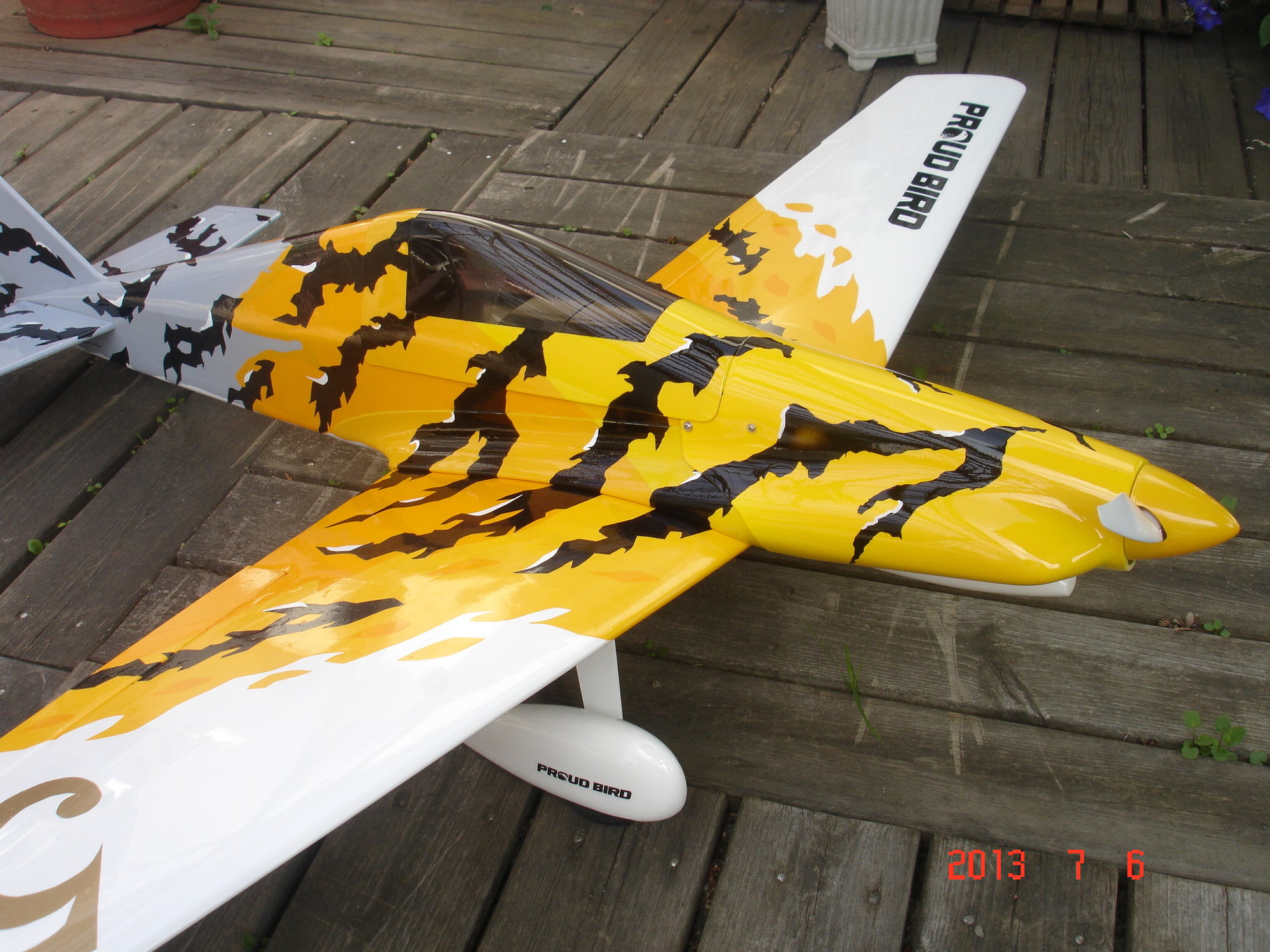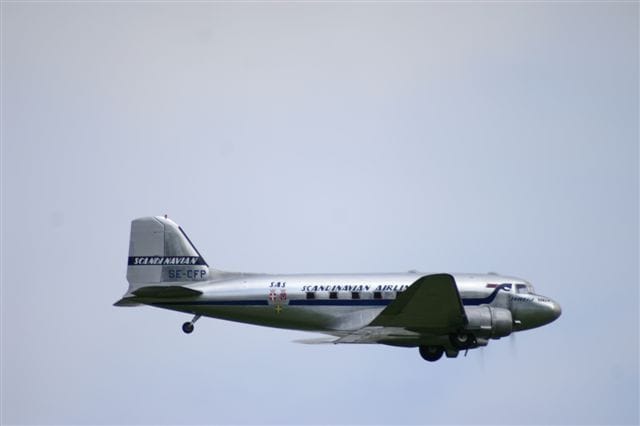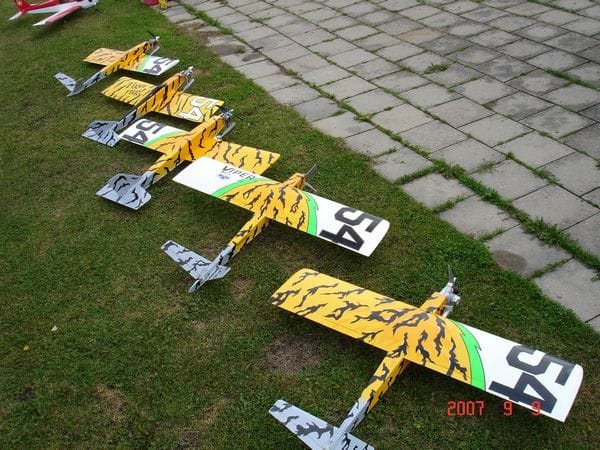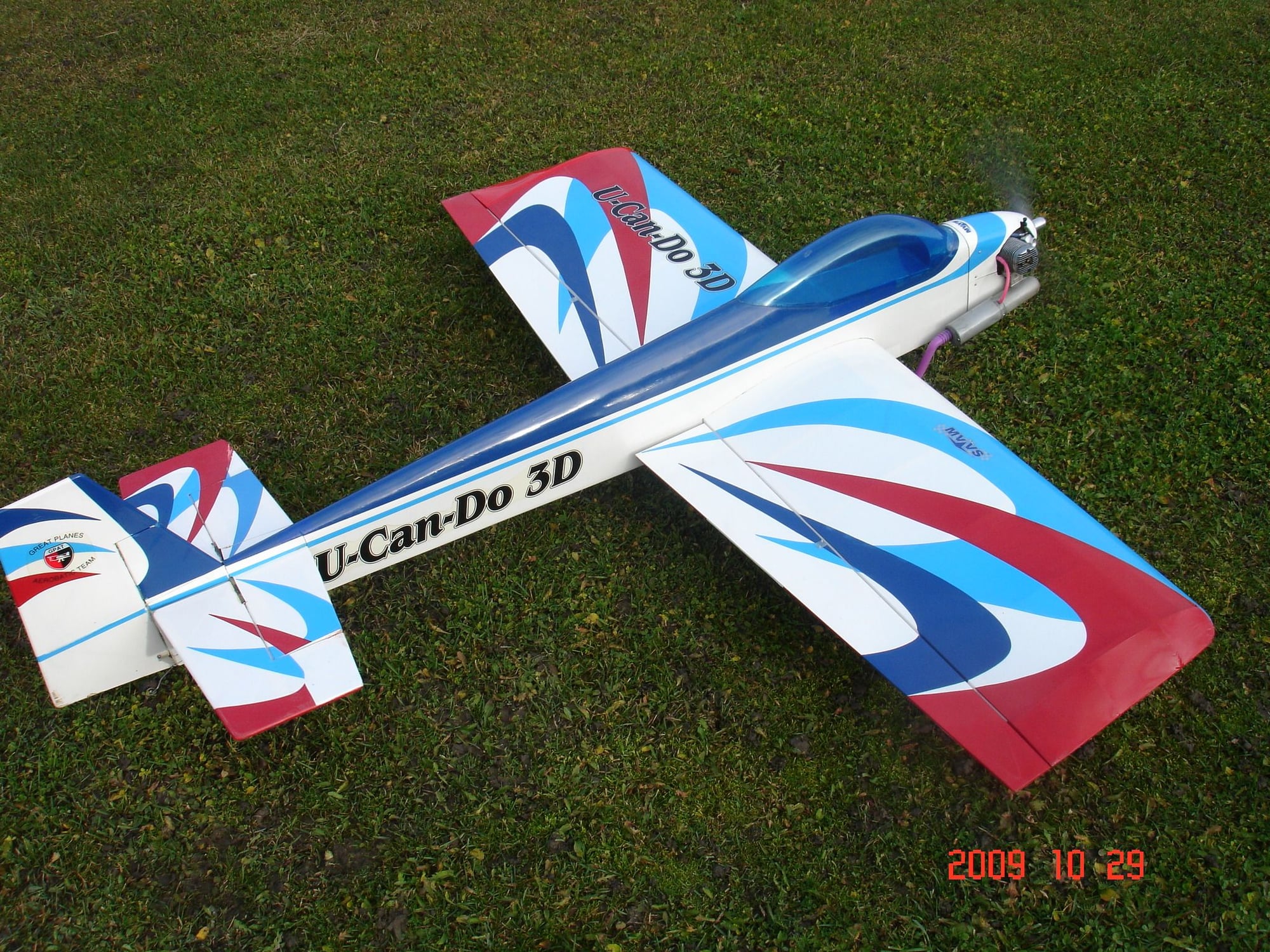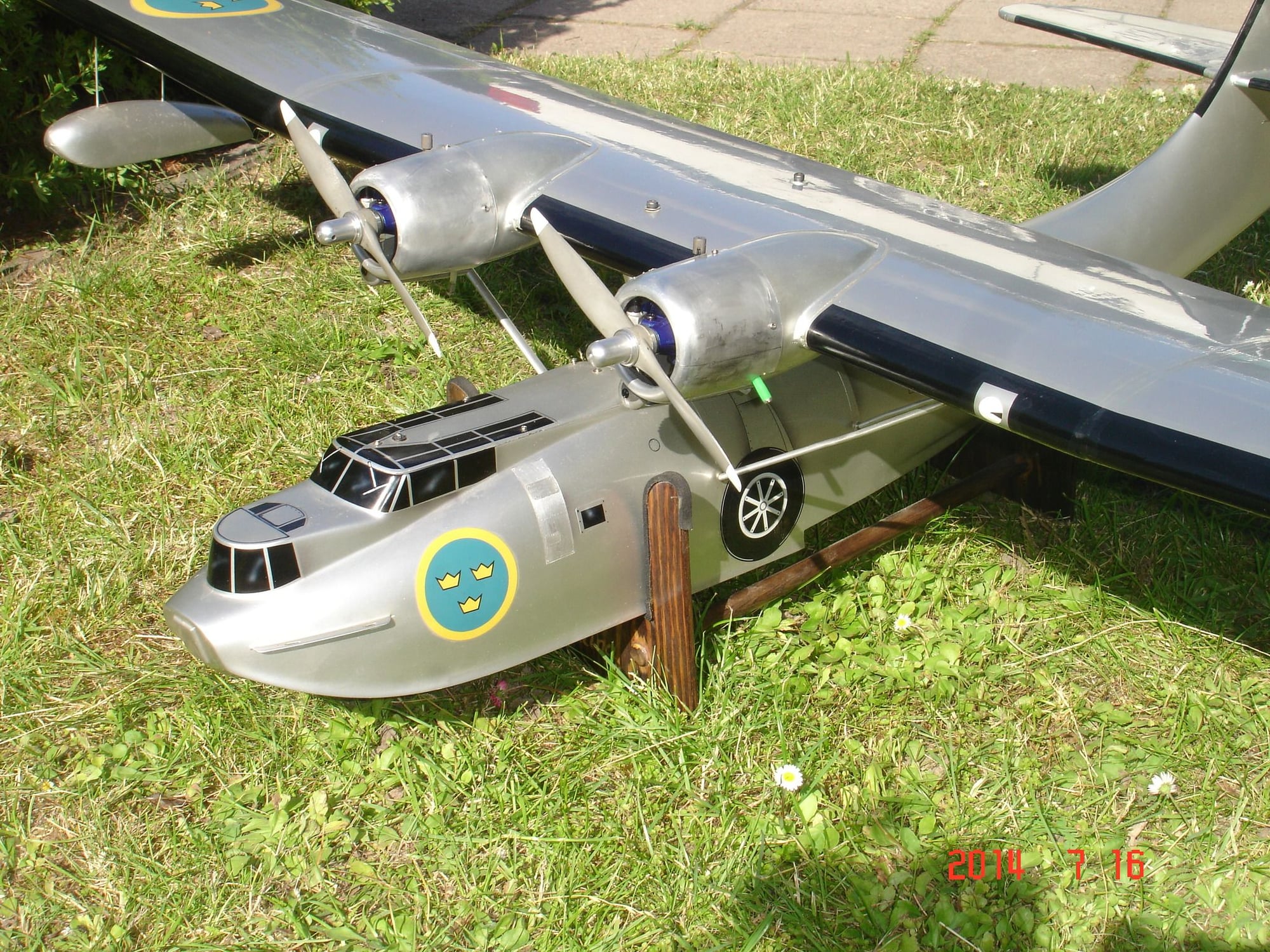want to move away from a trainer because of the wind
#1
i'm still a newbie learning the ropes. my frustration comes from not being able to fly a trainer in any kind of wind conditions even a slight breeze that just takes control of it. I've wasted like 90% of the summer waiting for calm conditions. I have an Eflite apprentice sts 1.5. and a seagull models Arising Star. the eflight is so light even a 1mph breeze will plow it off course with tornado like force. it is a terrible plane because of this in my opinion. the Arising star weighs about 4 to 5 lbs Im guessing. it does a lot better due to the weight and the engine power. however, because of the trainer wing it too cannot be flown without over correcting for the breeze. once it reaches enough to rock the plane on the ground, it will not fly where I can feel comfortable. it too, will immediately go with the wind and be off course so fast I've almost lost it a few times.
so, my question is, what would be a logical next step of an airplane that i could still use to learn with and it will work in breezier conditions? I've wasted so many days this summer because the field i'm a member of is so open it's always breezy where the windsock is always 2/3 of the way erect. maybe find a new flying field?
so, my question is, what would be a logical next step of an airplane that i could still use to learn with and it will work in breezier conditions? I've wasted so many days this summer because the field i'm a member of is so open it's always breezy where the windsock is always 2/3 of the way erect. maybe find a new flying field?
#2
Hi!
Go with a low winged sport plane with a span of 130-140 cm powered by a .40 (6,5cc) glow engine. With this set up you could fly in any weather.
Picture below is Glen Spicklers Q-500 plane (originaly constructed for club pylon racing ) from the early seventies. You could buy a similar version of it from a company in the US. See address below.

Old School Model Works : Quickie 500
Go with a low winged sport plane with a span of 130-140 cm powered by a .40 (6,5cc) glow engine. With this set up you could fly in any weather.
Picture below is Glen Spicklers Q-500 plane (originaly constructed for club pylon racing ) from the early seventies. You could buy a similar version of it from a company in the US. See address below.

Old School Model Works : Quickie 500
Last edited by jaka54; 08-27-2023 at 01:26 PM.
#4

My Feedback: (158)
i'm still a newbie learning the ropes. my frustration comes from not being able to fly a trainer in any kind of wind conditions even a slight breeze that just takes control of it. I've wasted like 90% of the summer waiting for calm conditions. I have an Eflite apprentice sts 1.5. and a seagull models Arising Star. the eflight is so light even a 1mph breeze will plow it off course with tornado like force. it is a terrible plane because of this in my opinion. the Arising star weighs about 4 to 5 lbs Im guessing. it does a lot better due to the weight and the engine power. however, because of the trainer wing it too cannot be flown without over correcting for the breeze. once it reaches enough to rock the plane on the ground, it will not fly where I can feel comfortable. it too, will immediately go with the wind and be off course so fast I've almost lost it a few times.
so, my question is, what would be a logical next step of an airplane that i could still use to learn with and it will work in breezier conditions? I've wasted so many days this summer because the field i'm a member of is so open it's always breezy where the windsock is always 2/3 of the way erect. maybe find a new flying field?
so, my question is, what would be a logical next step of an airplane that i could still use to learn with and it will work in breezier conditions? I've wasted so many days this summer because the field i'm a member of is so open it's always breezy where the windsock is always 2/3 of the way erect. maybe find a new flying field?
good luck
#5

While I don't use one, most of our club instructors use the Apprentice for training (without SAFE). What kind of winds are we talking about here? Anything below gusts of 15 with an instructor, or 10 without, are readily "flyable" with that plane. If going to 20-30 mph gusts, while I can handle it, there is no joy, and I tell beginners "nope, not tonight", even with my old school heavy glow trainer.
Between heat, smoke, and wind it has been a rough summer for getting lots of stick time in....
Do you have access to Real Flight? You can configure wind speeds, gusts, and even turbulence to help with learning how to cope with less than perfect conditions....
Between heat, smoke, and wind it has been a rough summer for getting lots of stick time in....
Do you have access to Real Flight? You can configure wind speeds, gusts, and even turbulence to help with learning how to cope with less than perfect conditions....
#6

i'm still a newbie learning the ropes. my frustration comes from not being able to fly a trainer in any kind of wind conditions even a slight breeze that just takes control of it. I've wasted like 90% of the summer waiting for calm conditions. I have an Eflite apprentice sts 1.5. and a seagull models Arising Star. the eflight is so light even a 1mph breeze will plow it off course with tornado like force. it is a terrible plane because of this in my opinion. the Arising star weighs about 4 to 5 lbs Im guessing. it does a lot better due to the weight and the engine power. however, because of the trainer wing it too cannot be flown without over correcting for the breeze. once it reaches enough to rock the plane on the ground, it will not fly where I can feel comfortable. it too, will immediately go with the wind and be off course so fast I've almost lost it a few times.
so, my question is, what would be a logical next step of an airplane that i could still use to learn with and it will work in breezier conditions? I've wasted so many days this summer because the field i'm a member of is so open it's always breezy where the windsock is always 2/3 of the way erect. maybe find a new flying field?
so, my question is, what would be a logical next step of an airplane that i could still use to learn with and it will work in breezier conditions? I've wasted so many days this summer because the field i'm a member of is so open it's always breezy where the windsock is always 2/3 of the way erect. maybe find a new flying field?
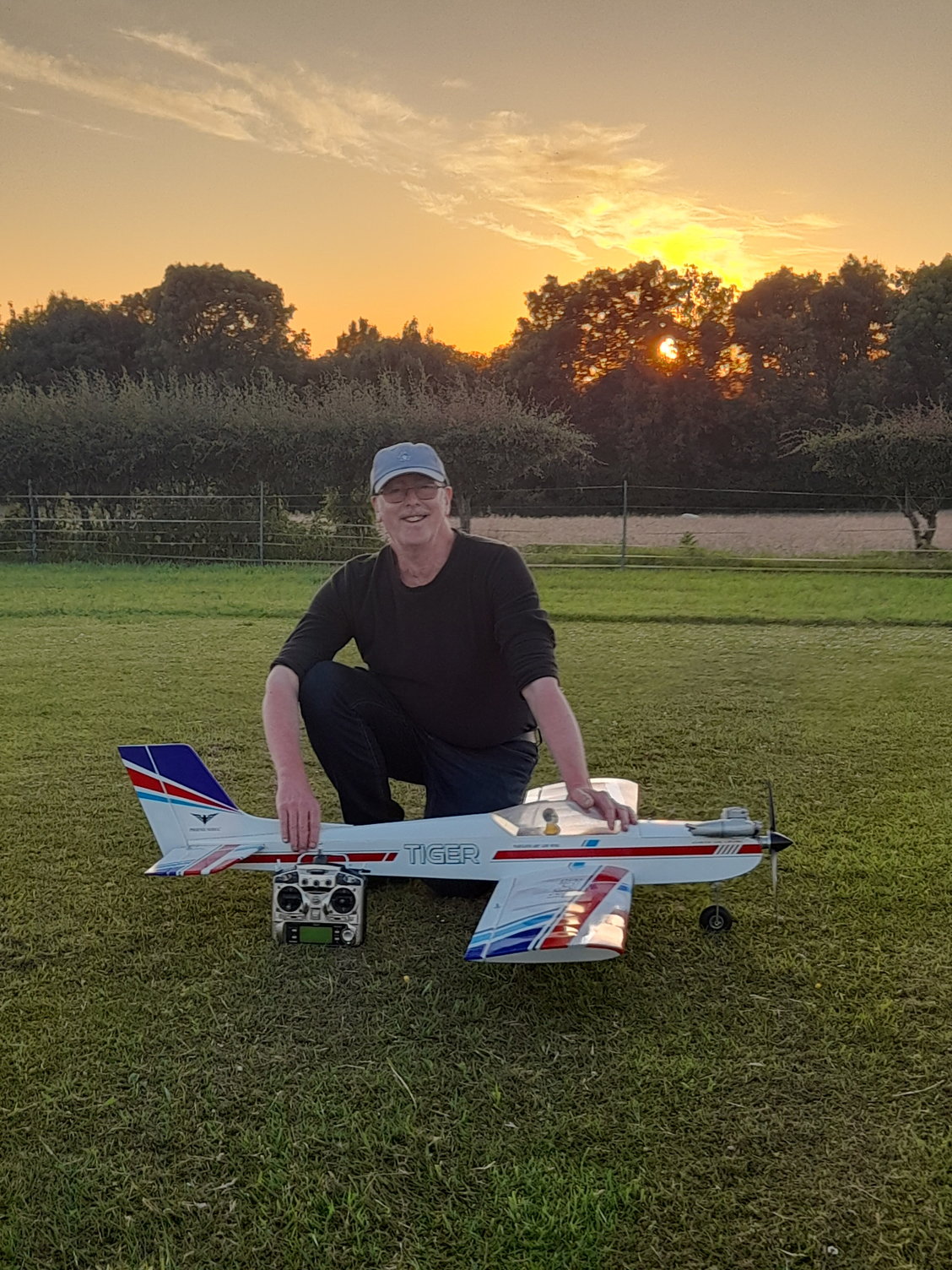
#7

My Feedback: (18)
Is it really the location of the wing that makes a plane “Wind Worthy”? Or is it something else like airfoil design? I have flown 1/2A high wing planes in winds approaching 35 mph and yes it was “Sporty”! It’s not the wing location or the size of the aircraft.
Windy conditions affect a plane in different ways depending if the plane is on the ground or in the air. On the ground a low wing plane is less likely to have a wing lifted by a gust of wind, BUT the low wing planes is also more likely to catch a wingtip on the ground during landing. Once in the air though both will fly pretty much the same IF they both have the same airfoil, wing loading and power loading.
A flat bottom airfoil is more sensitive to changes in airspeed or wind gusts and tends to pitch up with increasing speed or a gust. A symmetrical airfoil is much less sensitive to speed changes or gusts and will not have the tendancy to pitch up. However, a flat bottom wing plane CAN be made less sensitive to speed changes or gusts by DECREASING it’s angle of incidence by simply shimming the trailing edge up with a bit of balsa sheet (try 3/32). It won’t fly like a symmetrical airfoil plane but it will fly faster without pitching up as much with a gust or increase in speed.
So for windy day flying what I like is a somewhat faster plane to be able to fly upwind, a reliable engine with good power to fly upwind, a wing with a symmetrical airfoil or a shimmed non symmetrical airfoil, and a plane that is able to withstand hard landings with minimal damage. I also like to set the nose wheel length so that the nose is slightly down instead of dead level or pointed up. High wing or low wing makes little difference to me as they both have their advantages and disadvantages.
See my windy day flyer below. It has a fully symmetrical airfoil wing, plenty of power and it’s tolerant of rough landings and easy to repair. It is a bit ugly, but since you will likely be the only one at the field anyway, who cares?

Windy conditions affect a plane in different ways depending if the plane is on the ground or in the air. On the ground a low wing plane is less likely to have a wing lifted by a gust of wind, BUT the low wing planes is also more likely to catch a wingtip on the ground during landing. Once in the air though both will fly pretty much the same IF they both have the same airfoil, wing loading and power loading.
A flat bottom airfoil is more sensitive to changes in airspeed or wind gusts and tends to pitch up with increasing speed or a gust. A symmetrical airfoil is much less sensitive to speed changes or gusts and will not have the tendancy to pitch up. However, a flat bottom wing plane CAN be made less sensitive to speed changes or gusts by DECREASING it’s angle of incidence by simply shimming the trailing edge up with a bit of balsa sheet (try 3/32). It won’t fly like a symmetrical airfoil plane but it will fly faster without pitching up as much with a gust or increase in speed.
So for windy day flying what I like is a somewhat faster plane to be able to fly upwind, a reliable engine with good power to fly upwind, a wing with a symmetrical airfoil or a shimmed non symmetrical airfoil, and a plane that is able to withstand hard landings with minimal damage. I also like to set the nose wheel length so that the nose is slightly down instead of dead level or pointed up. High wing or low wing makes little difference to me as they both have their advantages and disadvantages.
See my windy day flyer below. It has a fully symmetrical airfoil wing, plenty of power and it’s tolerant of rough landings and easy to repair. It is a bit ugly, but since you will likely be the only one at the field anyway, who cares?

Last edited by 049flyer; 09-27-2023 at 07:51 AM.
#8
I tend to agree with .049 Flyer about the symmetrical airfoil. All my trainers were flat bottomed Clark Y type airfoils and when adding power they all tended to go high, same when heading into the wind. I would say symmetrical airfoil lots of power and heavy planes are best for wind. Something like any of the "Stick" planes. Many different brands have been made over the years. Sweet stick, Spad stick (cheap tough coroplast plane) http://www.frostracing.com/spadtothebone.org/plans.html It is a bit hard to find the 2mm coroplast though. Something in the .40 size and up. They are pretty much the same as the Q 500 planes with maybe a bit thicker airfoil. I like my Twist but the control surfaces are a bit too big for a 2nd trainer and it is a bit weak. I hear ya with the flying field, it is very windy where I moved and I changed my planes away from the floaty under powered planes to bigger more powerful ones, or I just wait all season to get up in the air.
Last edited by aspeed; 09-28-2023 at 09:19 AM.
#9
If your planes with flat bottom airfoils go up when adding power you have not trimmed them right! All model airplanes should go straight forward when you give power ...if they do not do that you have the engine pointing to far upward or just forward or have the wing with too much up angle or have the stabilizer pointing down. All airplanes with the wing below the fuselage should have the engine, stab and wing set at 0 degrees. If you have a high wing plane or a parasol type of airplane the engine must be pointed down. Here are some examples of my airplanes that all behave the same when I give full power...they go straight forward. The rule is: Allays trim an airplane so that it fly straight forward at full power and when you go to idle they should carry on straight forward for several seconds ...until they lose airspeed.

